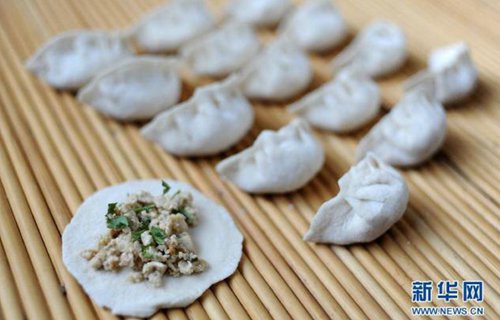
Dumplings (jiaozi): A must-have for any New Year’s Eve feast. The dough-wrapped parcels of various fillings resemble the gold and silver ingots used in imperial China. Eating them symbolizes bringing good fortune for the upcoming year, especially when you get the one stuffed with a coin. Photo: Xinhua
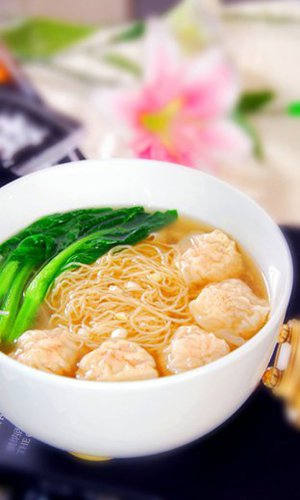
Wonton Soup (huntun): This tasty dish involves smaller, ingot-shaped dumplings served in a light broth that also symbolize good fortune. Photo: IC
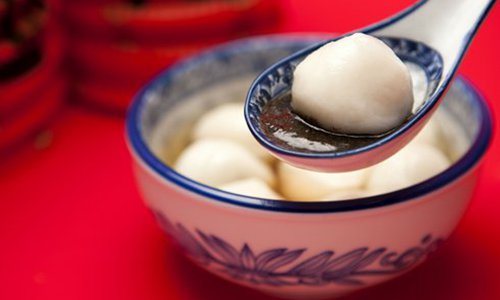
Yuanxiao and tangyuan: Both are glutinous rice balls with sweet fillings traditionally eaten on the Lantern Festival (which is also called the Yuanxiao Festival). However, they are so similar that even many Chinese cannot tell the difference, northern Chinese call them yuanxiao, while southerners say tangyuan. But one thing all Chinese agree upon is that they symbolize family unity and happiness. Photo: IC

Rice cake (niangao) is a festive food made from glutinous rice flour that can be steamed, fried, or even eaten cold. Like the names of many traditional treats, niangao is a homonym that can mean “sticky rice cake” and “more prosperous year by year.” Photo: Xinhua
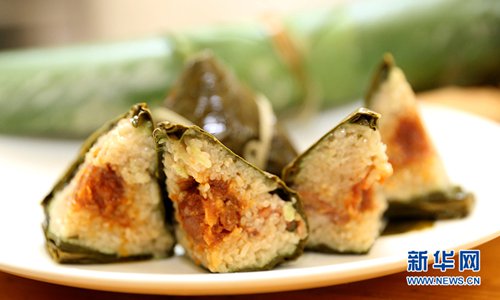
Sticky rice dumplings (zongzi): While most Chinese eat them to mark the Dragon Boat Festival (usually falls near summer solstice), zongzi - glutinous rice dumplings steamed in bamboo leaves – are a traditional Spring Festival food in southern China. Photo: Xinhua

Kitchen God candies (zaotang) are a malt sugar confectionery left as an offering to the Kitchen God. It’s actually more of a bribe to make sure he makes a favorable report in heaven of the family’s conduct over the past year. They have become a common favorite snack during the Spring Festival. Photo: VCG
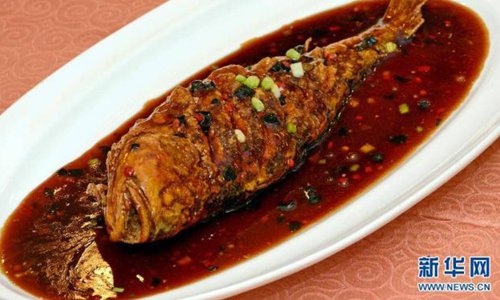
Whole fish: A traditional New Year’s Eve dinner would not be complete without a dish featuring a whole fish – for homonym’s sake: The Chinese word for fish – yu – is pronounced the same as the word for “abundance.”

Spring rolls (chunjuan): Various fresh fillings are rolled into a crepe-like pancake to mark the beginning of spring. Photo: Xinhua



